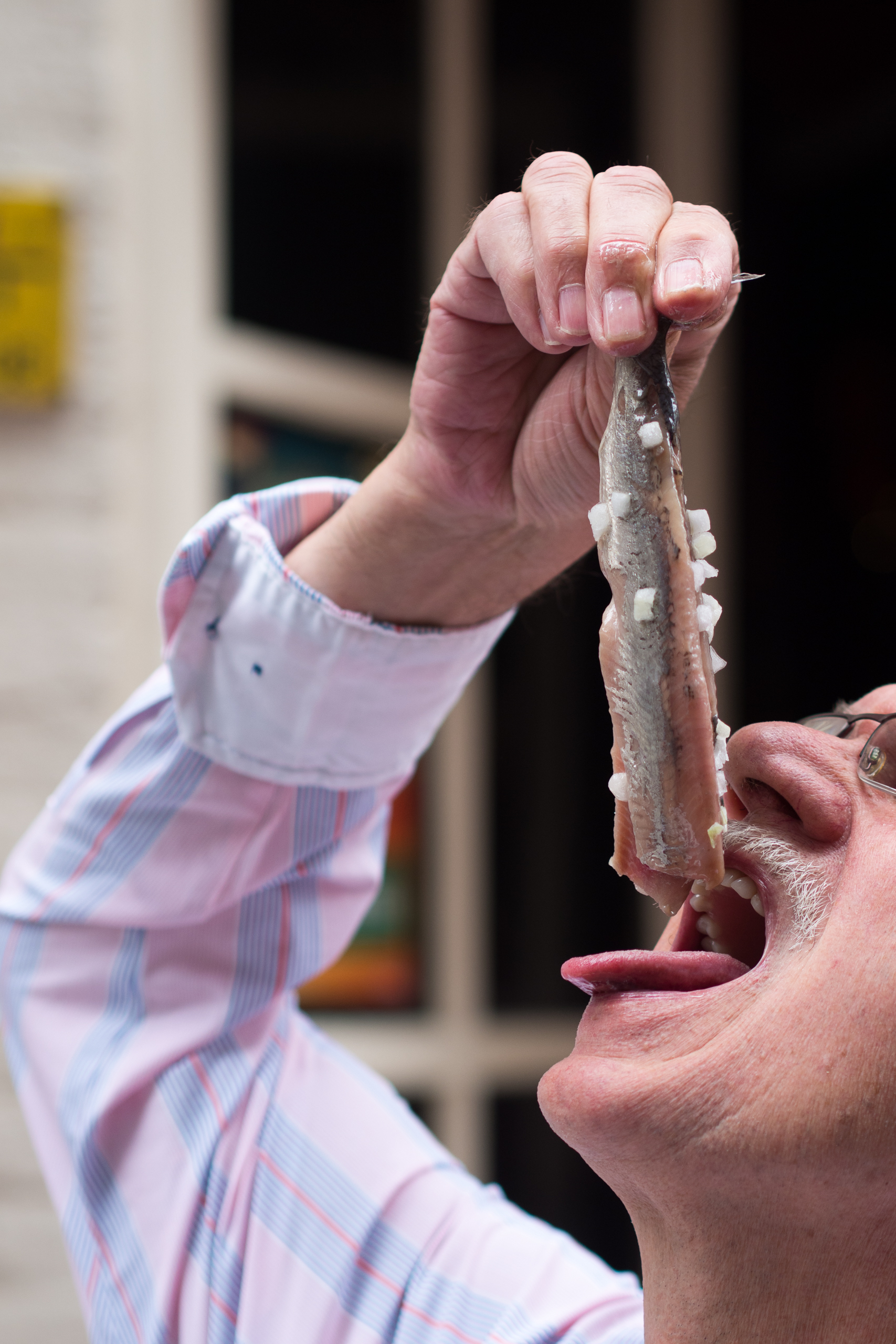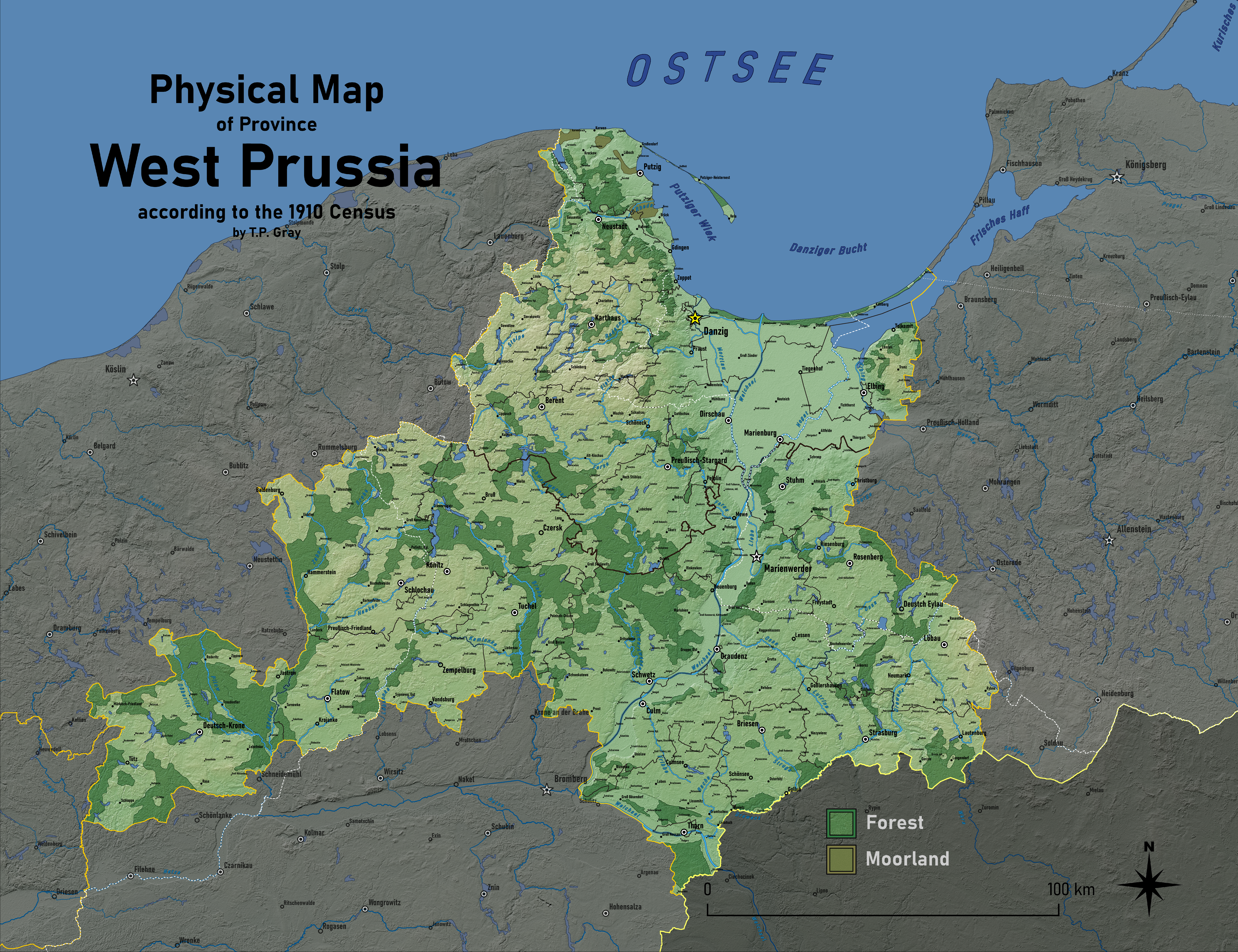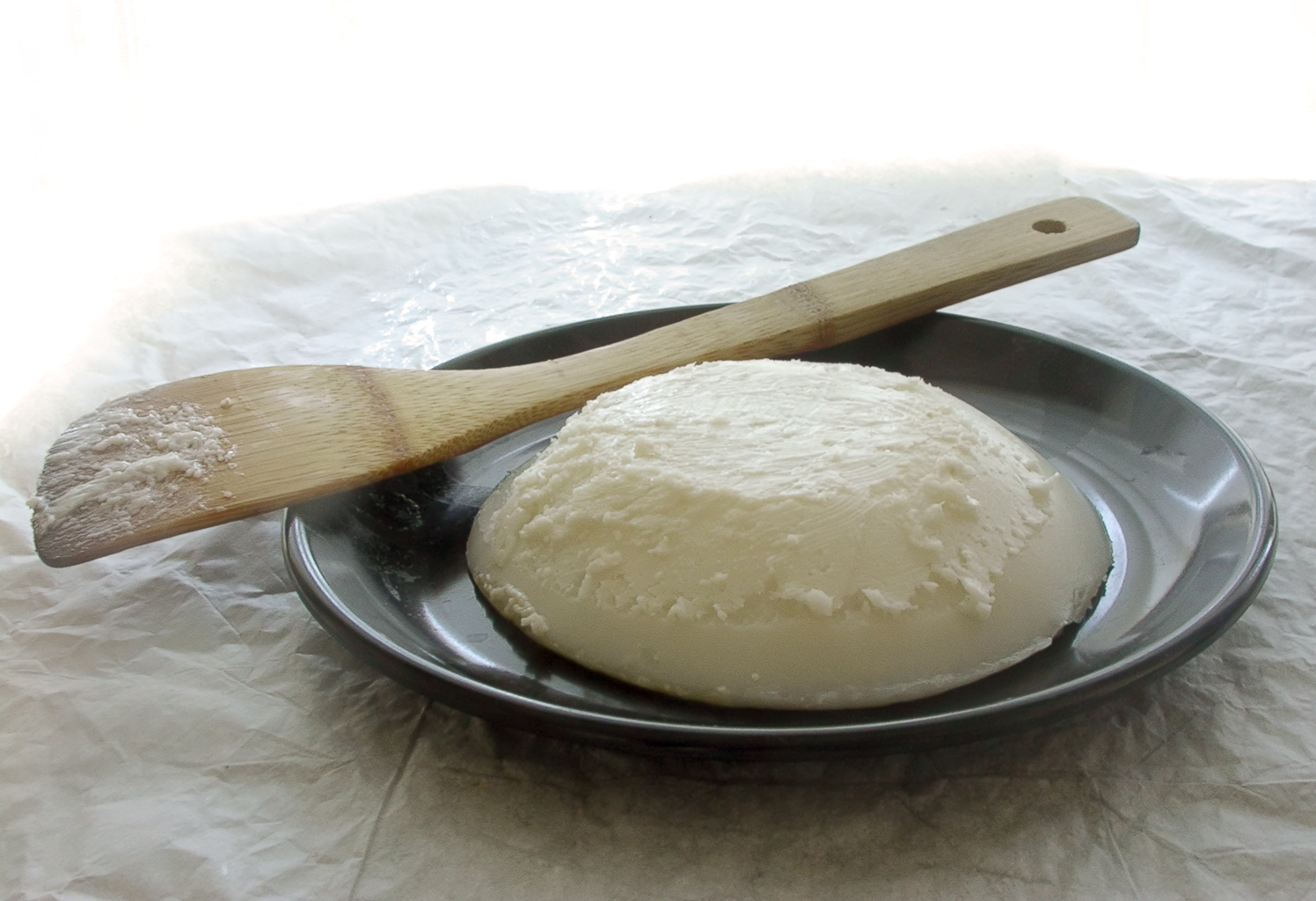|
Russian Mennonite Zwieback
Russian Mennonite zwieback, called Tweebak in Plautdietsch, is a yeast bread roll formed from two pieces of dough that are pulled apart when eaten. Placing the two balls of dough one on top of the other so that the top one does not fall off during the baking process is part of the art and challenge that must be mastered by the baker. Traditionally, this type of zwieback is baked Saturday and eaten Sunday morning and for afternoon ''Faspa'' (Standard German: "Vesper"),Voth, Norma Jost, "Mennonite Foods & Folkways from South Russia, Volumes I", pp. 35-55. Good Books, 1990. a light meal. This zwieback originated in the port cities of the Netherlands or Danzig, where toasted, dried buns were used to provision ships. Mennonite immigrants from the Netherlands, who settled in around Danzig in West Prussia continued this practice and brought it to Russia, when they migrated to new colonies in what is today Ukraine. Recipe Traditionally, zwieback are made using lard instead of butter o ... [...More Info...] [...Related Items...] OR: [Wikipedia] [Google] [Baidu] |
Netherlands
, Terminology of the Low Countries, informally Holland, is a country in Northwestern Europe, with Caribbean Netherlands, overseas territories in the Caribbean. It is the largest of the four constituent countries of the Kingdom of the Netherlands. The Netherlands consists of Provinces of the Netherlands, twelve provinces; it borders Germany to the east and Belgium to the south, with a North Sea coastline to the north and west. It shares Maritime boundary, maritime borders with the United Kingdom, Germany, and Belgium. The official language is Dutch language, Dutch, with West Frisian language, West Frisian as a secondary official language in the province of Friesland. Dutch, English_language, English, and Papiamento are official in the Caribbean Netherlands, Caribbean territories. The people who are from the Netherlands is often referred to as Dutch people, Dutch Ethnicity, Ethnicity group, not to be confused by the language. ''Netherlands'' literally means "lower countries" i ... [...More Info...] [...Related Items...] OR: [Wikipedia] [Google] [Baidu] |
Russian Mennonite
The Russian Mennonites ( it. "Russia Mennonites", i.e., Mennonites of or from the Russian Empire are a group of Mennonites who are the descendants of Dutch and North German Anabaptists who settled in the Vistula delta in West Prussia for about 250 years and established colonies in the Russian Empire (present-day Ukraine and Russia's Volga region, Orenburg Governorate, and Western Siberia) beginning in 1789. Since the late 19th century, many of them have immigrated to countries which are located throughout the Western Hemisphere. The rest of them were forcibly relocated, so very few of their descendants currently live in the locations of the original colonies. Russian Mennonites are traditionally multilingual but Plautdietsch (Mennonite Low German) is their first language as well as their lingua franca. In 2014, there were several hundred thousand Russian Mennonites: about 200,000 live in Germany, 74,122 live in Mexico, 150,000 in Bolivia, 40,000 live in Paraguay, 10,000 ... [...More Info...] [...Related Items...] OR: [Wikipedia] [Google] [Baidu] |
Ukrainian Cuisine
Ukrainian cuisine is the collection of the various cooking traditions of Ukrainians, the people of Ukraine, one of the largest and most populous European countries. It is heavily influenced by the rich dark soil () from which its ingredients come, and often involves many components. Traditional Ukrainian dishes often experience a complex heating process – "at first they are fried or boiled, and then stewed or baked. This is the most distinctive feature of Ukrainian cuisine". The national dish of Ukraine is red borscht, a well-known beet soup, of which many varieties exist. However, (boiled dumplings similar to Pierogi#Ukraine, pierogi) and a type of cabbage roll known as are also national favourites, and are a common meal in traditional Ukrainian restaurants. These dishes indicate the regional similarities within Eastern European cuisine. The cuisine emphasizes the importance of wheat in particular, and grain in general, as the country is often referred to as the "breadbaske ... [...More Info...] [...Related Items...] OR: [Wikipedia] [Google] [Baidu] |
Polish Cuisine
Polish cuisine ( ) is a style of food preparation originating in and widely popular in Poland. Due to History of Poland, Poland's history, Polish cuisine has evolved over the centuries to be very eclectic, and shares many similarities with other national cuisines. Polish cooking in other cultures is often referred to as ''à la polonaise''. Polish cuisine is rich in meat, especially pork, chicken and game, in addition to a wide range of vegetables, spices, fungi and mushrooms, and herbs. Polish Meals – Polish Food – Polish Cuisine . Retrieved 6 June 2011. It is also characterised by its use of various kinds of kluski, pasta, cereals, kasza, kasha and pulses. [...More Info...] [...Related Items...] OR: [Wikipedia] [Google] [Baidu] |
Plautdietsch Language
Plautdietsch () or Mennonite Low German is a Low Prussian dialect of East Low German with Dutch language, Dutch influence that developed in the 16th and 17th centuries in the Vistula Fens, Vistula delta area of Royal Prussia. The word ''Plautdietsch'' translates to "flat (or low) German" (referring to the plains of northern Germany or the simplicity of the language). In other Low German dialects, the word for Low German is usually realised as ''Plattdütsch/Plattdüütsch'' or ''Plattdüütsk'' , – very often also as ''Plattdeutsch'' – but the spelling ''Plautdietsch'' is used to refer specifically to the Vistula variant of the language. Plautdietsch was a Low German dialect like others until it was taken by Mennonite settlers to the southwest of the Russian Empire starting in 1789. From there it evolved and subsequent waves of migration brought it to North America, starting in 1873. In Latin America the first settlement occurred in Argentina in 1877 coming from Russia. Pl ... [...More Info...] [...Related Items...] OR: [Wikipedia] [Google] [Baidu] |
German Cuisine
The cuisine of Germany consists of many different local or regional cuisines, reflecting the country's federal history. Germany itself is part of the larger cultural region of Central Europe, sharing many culinary traditions with neighbouring countries such as Poland and the Czech Republic (and Slovakia as well). In Northern Europe, in Denmark more specifically, the traditional Danish cuisine had also been influenced by German cuisine in the past, hence several dishes being common between the two countries (e.g. potato salad). At the same time, German cuisine also shares many similar characteristics with Western European cuisine, as is reflected by some common traditional dishes served in the Low Countries (i.e. Netherlands, Belgium, and, most notably, Luxembourg). Southern German regions, such as Bavaria and Swabia, share dishes with Austrian cuisine and parts of Swiss cuisine as well. The German cuisine has also influenced other European cuisines from Central-Eastern Europe su ... [...More Info...] [...Related Items...] OR: [Wikipedia] [Google] [Baidu] |
Dutch Cuisine
Dutch cuisine is formed from the cooking traditions and practices of the Netherlands. The country's cuisine is shaped by its location on the fertile Rhine–Meuse–Scheldt delta at the North Sea, giving rise to fishing, farming, and overseas trade. Due to the availability of water and flat grassland, the Dutch diet contains many dairy products such as butter and List of Dutch cheeses, cheese. The court of the Burgundian Netherlands enriched the cuisine of the elite in the Low Countries in the 15th and 16th century, so did in the 17th and 18th century colonial trade, when the Dutch ruled the spice trade, played a pivotal role in the global spread of coffee, and started the modern era of chocolate, by developing the Dutch process chocolate. In the late 19th and early 20th centuries, Dutch food and food production became designed to be efficient, which was so successful that the country became the world's second-largest exporter of agricultural products by value behind the United St ... [...More Info...] [...Related Items...] OR: [Wikipedia] [Google] [Baidu] |
Mennonite Cuisine
Mennonite cuisine is food that is unique to and/or commonly associated with Mennonites, a Christian denomination that came out of sixteenth-century Protestant Reformation in Switzerland and the Netherlands. Because of persecution, they lived in community and fled to Prussia, Russia, North America, and Latin America. Groups like the Russian Mennonites developed a sense of ethnicity, which included cuisine adapted from the countries where they lived; thus, the term "Mennonite cuisine" does not apply to all, or even most Mennonites today, especially those outside of the traditional ethnic Mennonite groups. Nor is the food necessarily unique to Mennonites, most of the dishes being variations on recipes common to the countries (Netherlands, Poland, Ukraine, Russia, Latin America) where they reside or resided in the past. Mennonites do not have any dietary restrictions as exist in some other religious groups. Some conservative Mennonites abstain from alcohol, but other Mennonites do no ... [...More Info...] [...Related Items...] OR: [Wikipedia] [Google] [Baidu] |
Rusk
A rusk is a hard, dry Biscuit#Biscuits in British usage, biscuit or a twice-baked bread. It is sometimes used as a teether for babies. In some cultures, rusk is made of cake rather than bread: this is sometimes referred to as cake rusk. In the UK, the name also refers to a wheat-based food additive. International variations Argentina In Argentina, rusk is called (literally 'table toasts'), slices of twice-baked bread generally available in supermarkets in plain and sweetened variants. Cake rusk is called ''bay biscuit''; its ingredients are egg, sugar, oil, self-rising flour, and vanilla. File:AR-Tostadas-de-Mesa.jpg, alt=Tostadas de Mesa, Tostadas de Mesa File:AR-Bay-Biscuit.jpg, alt=Bay Biscuit, Bay Biscuit Azerbaijan Rusk is called ( – a loanword from Russian (language), Russian via Persian language, Persian) in Azerbaijani. It is usually made from stale bread and buns. In Baku, some bakeries use their stale buns and bread for making rusks. The price of rusk in th ... [...More Info...] [...Related Items...] OR: [Wikipedia] [Google] [Baidu] |
Butter
Butter is a dairy product made from the fat and protein components of Churning (butter), churned cream. It is a semi-solid emulsion at room temperature, consisting of approximately 81% butterfat. It is used at room temperature as a spread (food), spread, melted as a condiment, and used as a Cooking fat, fat in baking, sauce-making, pan frying, and other cooking procedures. Most frequently made from cow's milk, butter can also be manufactured from the milk of other mammals, including Sheep milk, sheep, Goat milk, goats, Buffalo milk, buffalo, and Yak milk, yaks. It is made by churning milk or cream to separate the fat globules from the buttermilk. Dairy salt, Salt has been added to butter since antiquity to help Food preservation, preserve it, particularly when being transported; salt may still play a preservation role but is less important today as the entire supply chain is usually refrigerated. In modern times, salt may be added for taste and food coloring added for color. Kit ... [...More Info...] [...Related Items...] OR: [Wikipedia] [Google] [Baidu] |
West Prussia
The Province of West Prussia (; ; ) was a province of Prussia from 1773 to 1829 and from 1878 to 1919. West Prussia was established as a province of the Kingdom of Prussia in 1773, formed from Royal Prussia of the Polish–Lithuanian Commonwealth annexed in the First Partition of Poland. West Prussia was dissolved in 1829 and merged with East Prussia to form the Province of Prussia, but was re-established in 1878 when the merger was reversed and became part of the German Empire. From 1918, West Prussia was a province of the Free State of Prussia within Weimar Germany, losing most of its territory to the Second Polish Republic and the Free City of Danzig in the Treaty of Versailles. West Prussia was dissolved in 1919, and its remaining western territory was merged with Posen to form Posen-West Prussia, and its eastern territory merged with East Prussia as the Region of West Prussia district. West Prussia's provincial capital alternated between Marienwerder (present-day Kwid ... [...More Info...] [...Related Items...] OR: [Wikipedia] [Google] [Baidu] |
Lard
Lard is a Quasi-solid, semi-solid white fat product obtained by rendering (animal products), rendering the adipose tissue, fatty tissue of a domestic pig, pig.Lard entry in the online ''Merriam-Webster Dictionary''. Accessed on 2020-07-05. It is distinguished from tallow, a similar product derived from fat of cattle or sheep. Lard can be rendered by steaming, boiling, or dry heat. The culinary qualities of lard vary somewhat depending on the origin and processing method; if properly rendered, it may be nearly odorless and tasteless.E. S. Clifton, Joseph Kastelic, and Belle Lowe (1955): ''Relationships between Lard Production Methods, Volumes of Production, Costs and Characteristics of Lard Produced in Selected Packing Plants''. Research Bulletin 422, Iowa State College Experiment Station, US Department of Agriculture. ... [...More Info...] [...Related Items...] OR: [Wikipedia] [Google] [Baidu] |








